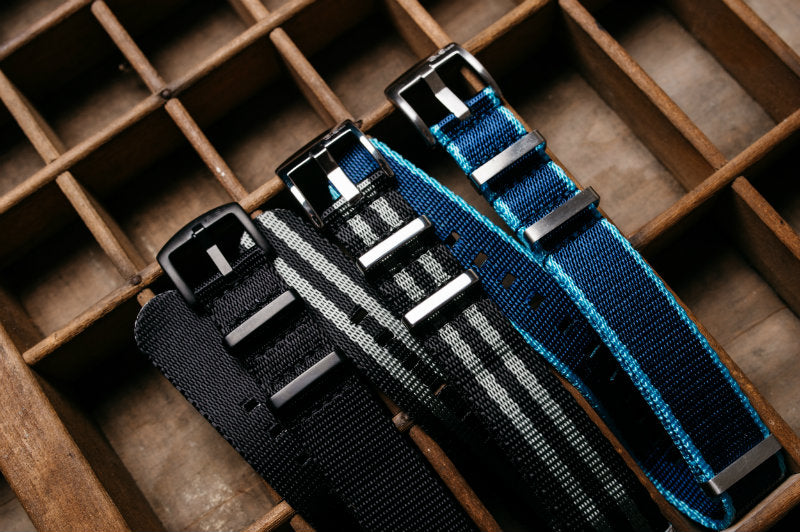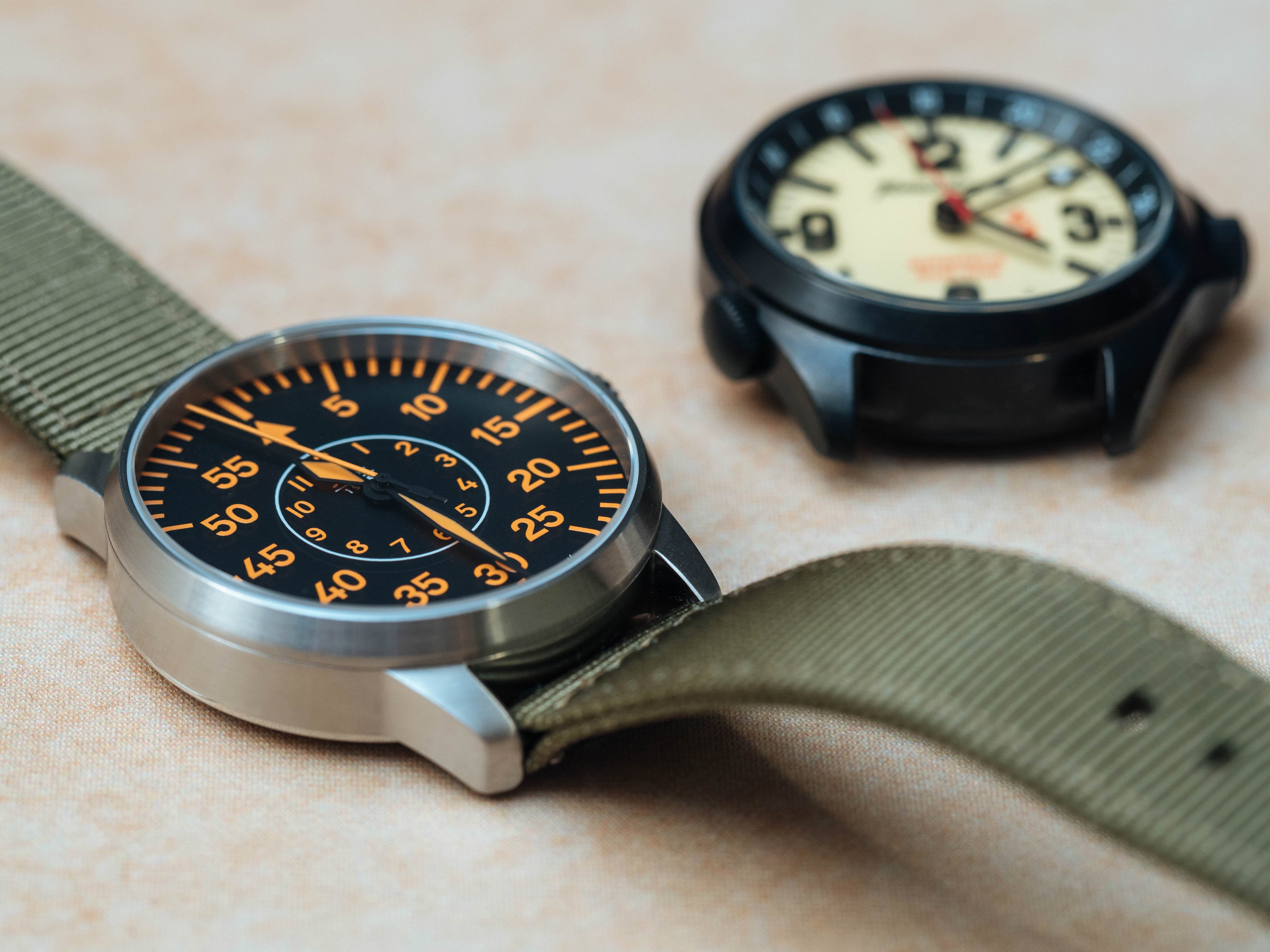Seiko Brand History: More than 130 Years of Innovation
There is no watch lover who hasn’t dreamt of having a Seiko watch collection and for good reason because the timepieces produced and sold by the companies of Seiko Group are known for their high-quality standards and technological innovations.
Seiko watches have a name that reflects their well-established status. Translated into English, Seiko can mean either “exquisite” or “success”, and both translations reflect the quality and the great story of the brand.
Seiko- The Beginning
The great story of Seiko began with a shop selling and repairing watches and clocks, opened in 1881 in central Tokyo, by the 22-year-old Kintaro Hattori. Eleven years later, the same young entrepreneur opened the 'Seikosha' factory, producing his first clocks, probably not imagining he was starting what would be one of the most important manufacturers of timepieces in the world.
The first Seiko pocket watch, The Timekeeper, was released in 1895, followed by the first Japanese wristwatch, the Laurel, launched in 1913.
Later, in 1923, after the Great Kanto Earthquake struck and the Seikosha factory burned down and was re-established, the first watch to carry the name Seiko was launched. And moment marked the beginning of the brand name.
Seiko’s Signature Piece, World’s First Quartz Watch, and the Digital Revolution
Years later, in 1960, the brand’s signature piece, The Grand Seiko was produced, having an accuracy of -3 to +12 seconds per day.
The Grand Seiko line emphasized elegant simplicity being designed with a crisp, clean, and easy to read appearance, but it also came with a few amazing features. Most models had a simple calendar and some featured GMT indication, but other features were added over time. The Grand Seiko became water, shock and humidity resistant, as well as anti-magnetic protected. And, in 1968, the company released its first self-winding Grand Seiko, the 61GS.
One year later, the world’s first quartz wristwatch, the Astron, was produced by Seiko, the moment being known as a milestone in electrical engineering since this watch was more accurate than any other wristwatch of that moment.
Seiko’s innovations continued. In 1975 the first multi-function digital watch in the world, the Seiko 0634, was created. It was an exceptional moment in time, but the digital watch revolution didn’t stop there. Seiko kept producing watches that, thanks to their incredible features, were ahead of their time. For instance, the TV watch, a timepiece that gave the wearer the chance to watch TV anywhere was released in 1982, followed by the Seiko Computer Watch and an LCD Pocket Color Television.
The new decade brought even more innovations, Seiko releasing the Scubamaster in 1990, followed by Seiko Perpetual Calendar, the first quartz watch with a full, automatic 1,100-year calendar in the world. Then, the Seiko Kinetic series came, impressing all timepiece lovers, with the use of the wearer’s movement to power the watch.
The Modern Day Seiko
After a financial crisis, Seiko continues to innovate, launching the “Spring Drive” in 2005, the GPS Solar watches, added to the Seiko Astron “revolution”, the FUGAKU, Seiko’s first tourbillon watch from the Credor brand, and the Grand Seiko Spring Drive movement released in 2016. During the same year, Grand Seiko expanded its design into the sports watch category, and in 2017, Grand Seiko became an independent brand from Seiko.
The story of the brand shows us that Seiko is all about high-quality and innovation, and the company will continue to surprise watch enthusiasts with many more new devices and impressive features. Also, there is no doubt that Seiko watches are timeless, and whoever owns one can wear it proudly, no matter the year of its release. Sure, it might need a new strap once in a while, but besides that, its beauty is imperishable, and its value only continues to grow.





























I have a 23 mm lug width bronze watch, will you make a 23mm strap in padded/chunky dark green canvas with Kwikfit fit pins and tang buckle?
Leave a comment